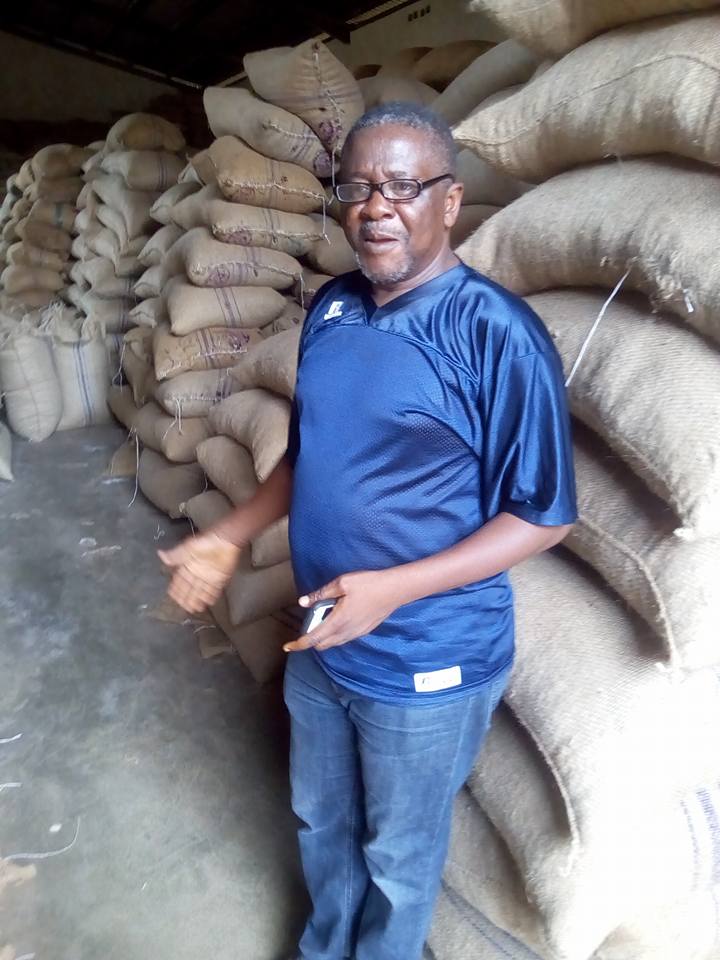Nigeria cocoa output seen rebounding in 2017/18
September 15, 20171.6K views0 comments
Nigeria should see a bumper cocoa harvest in the coming season as late rains have helped boost pod production, the head of the Cocoa Association said Thursday.
Sayina Riman, president of the Cocoa Association of Nigeria (CAN), expects output for the new season which starts in October to hit between 300,000 tonnes and 320,000 tonnes, up sharply from the season just ended which was blighted by poor weather.

The cocoa season in Nigeria, the world’s fourth biggest producer, runs from October to September, with an October-to-February main crop and a smaller light or mid-crop that begins in April or May and runs through September.
The 2016/17 season started at a slow pace after drought cut the mid-crop harvest by 40 percent. Output for that season was estimated to reach 260,000 tonnes, Riman said, lower than a revised forecast of 280,000 tonnes and down from 340,000 tonnes forecast at the start of the season.
Read Also:
“We have late rains which has affected production. We are hoping that from the first week of October, we should be talking of increased yield,” Riman told Reuters.
The International Cocoa Organization (ICCO), however, gives much lower estimates of Nigerian cocoa output. It forecast last season’s production at 220,000 tonnes.
Riman did not give a reason for the discrepancy. Nigerian government production figures are also significantly higher than ICCO estimates.
“We are looking at new plantations … rehabilitation of old farms, the level of youth coming into farming and the recovery rate of abandoned farms,” he said by phone.
Farmers across Nigeria’s main growing regions were optimistic as some had used the drought to prepare their farms, Riman said, but some have been stuck with about two-thirds of their produce due to the glut in the world market.
World cocoa prices have declined by a third in the last year amid a global supply glut after record production from top growers Ivory Coast and Ghana. ICCO predicts a global surplus of 371,000 tonnes for 2016/17.
Demand for the London September contract has been dampened by the prospect of receiving cocoa from Nigeria and Cameroon where buyers have less control over the quality of beans.
Cocoa trees need a delicate balance of rainy and dry weather. Too little rain and they wither; too much and they become susceptible to insects or fungal black pod disease. Beans can also go mouldy if small farmers are unable to dry them outside.
One farmer in the southeast region said prices dropped from a high of 1.2 million naira ($3,922) earlier this year to 400,000 naira within a six-month period.
Riman says the West African country needed to develop its local markets. “All of us in producing countries have realised that you need local consumption to make cocoa farming sustainable.”
